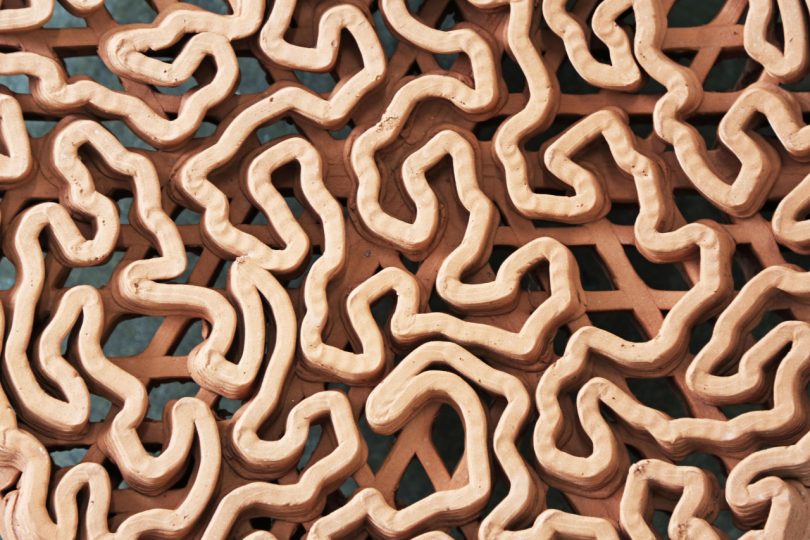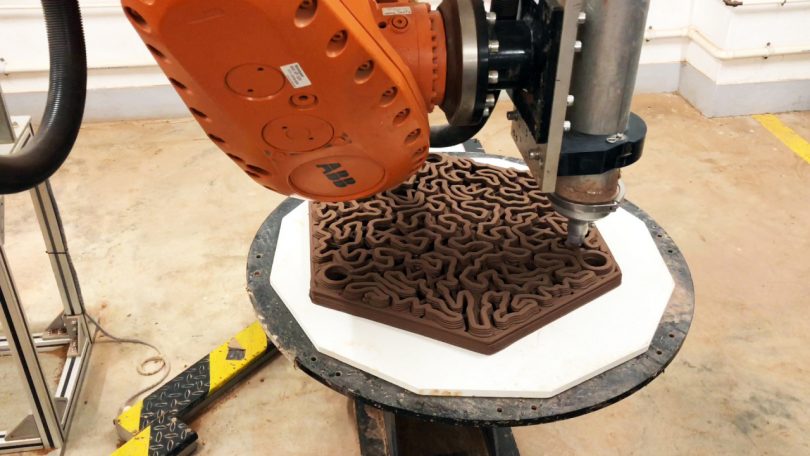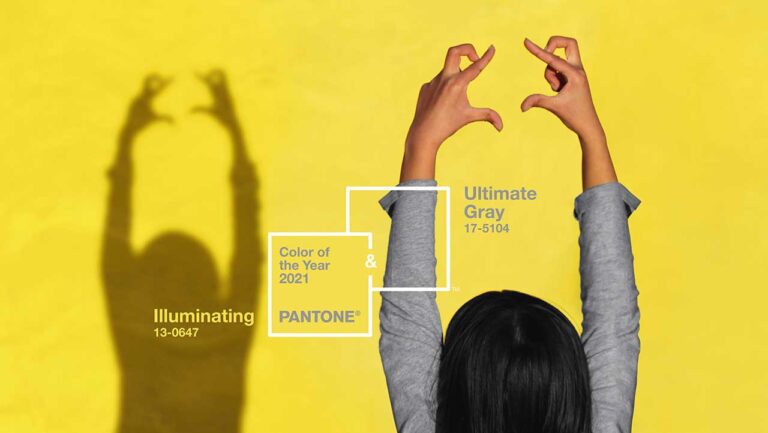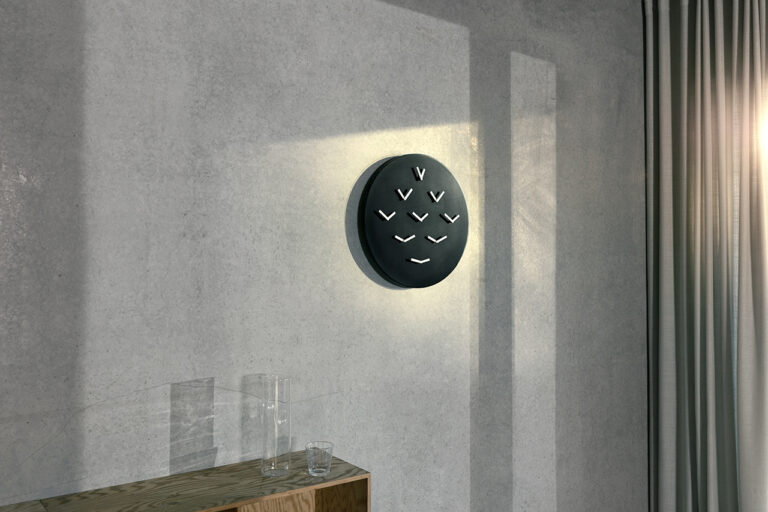Revitalizing Biodiversity with 3D-Printed Coral Tiles
Following the 3D-printed footsteps of previous efforts to save coastal marine biodiversity utilizing technology and biomimicry, architects and marine scientists at the University of Hong Kong (HKU) have jointly developed a novel method for coral restoration making use of specially designed 3D-printed artificial ‘reef tiles’ for attachment by corals to enhance their chance of survival in the Hoi Ha Wan Marine Park in Hong Kong waters.

A project commissioned by the Agriculture, Fisheries and Conservation Department (AFCD) to combat bio-erosion of essential coral habitat home to more than 120 fish species, architects from HKU’s Robotic Fabrication Lab, under the Fabrication and Material Technologies Lab of the Faculty of Architecture, and marine scientists from the Swire Institute of Marine Science (SWIMS) of the Faculty of Science at HKU collaborated to develop reef tiles printed with intricate detailing optimized to invite live coral attachment.

The reef tiles were 3D-printed using reef-safe terracotta, using a robotic 3D clay printing method before firing each piece at 1,125 degrees Celsius to eventually be seeded with coral fragments. The finished pieces were then introduced within three selected sites across the Hoi Ha Wan Marine Park in Hong Kong waters.

Though beautiful in their own right, the intricate patterns of each tile aren’t merely aesthetic, but designed to represent different growth forms of branching patterns of three endemic coral species – staghorn, massive brain and foliose plating colony forms – and optimize restoration of the ailing coral communities.


The project printed out 128 pieces of reef tile, covering roughly 40 square meters in total. If proven successful, the team plans to expand their collaboration to new designs to promote seabed restoration in the region in other ways across the ocean floor landscape. Additional information about the project is over at HKU Architecture.





Leave a comment